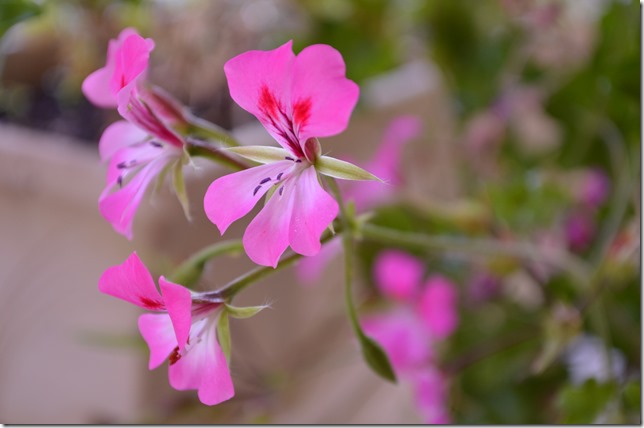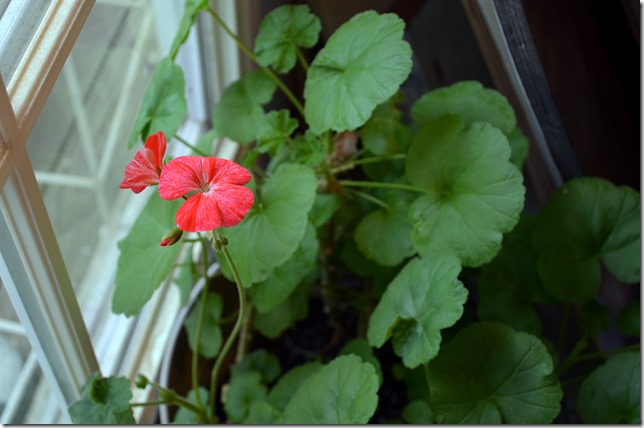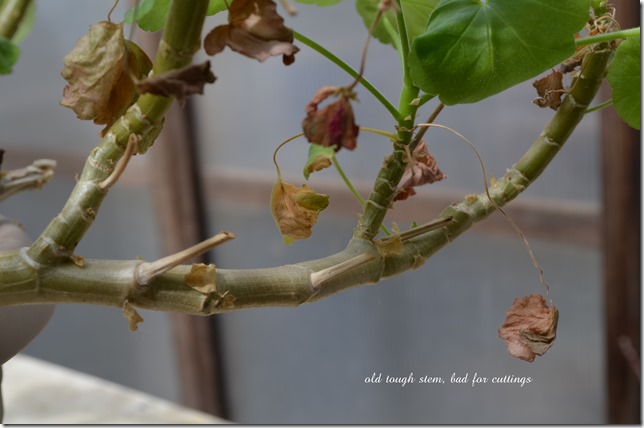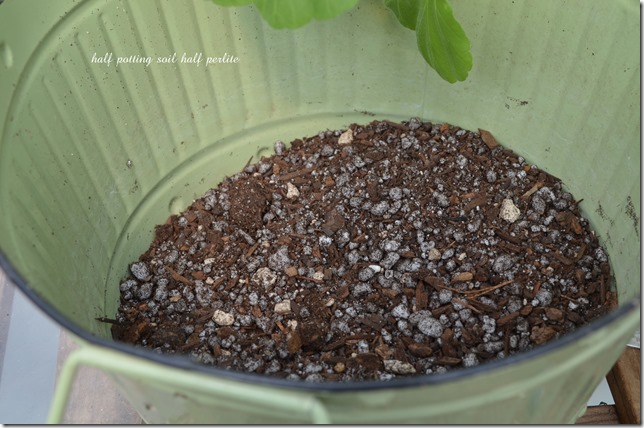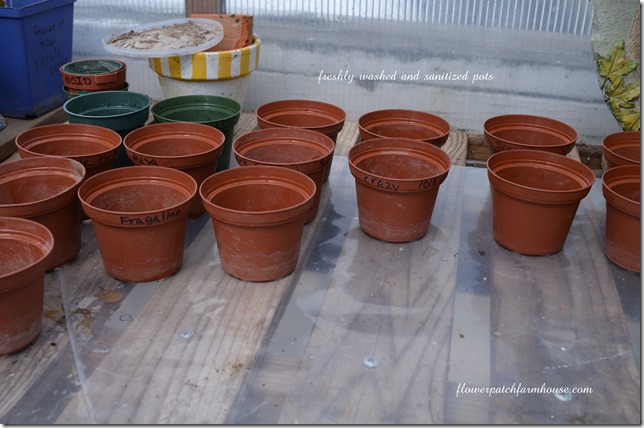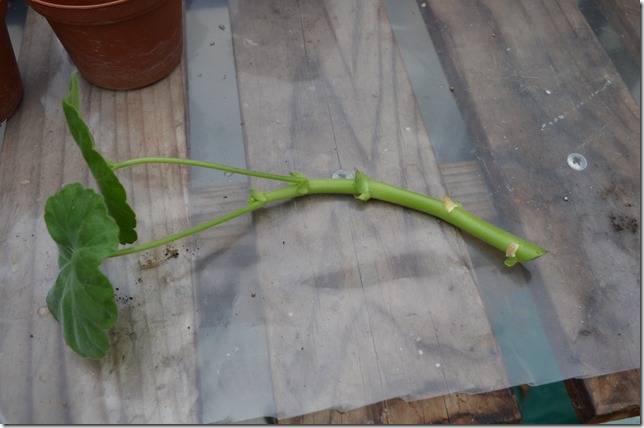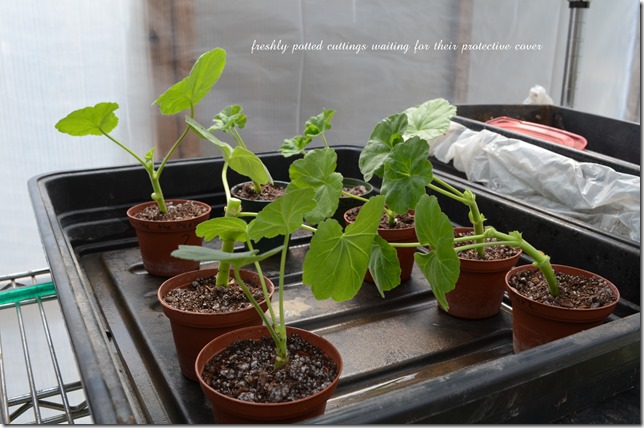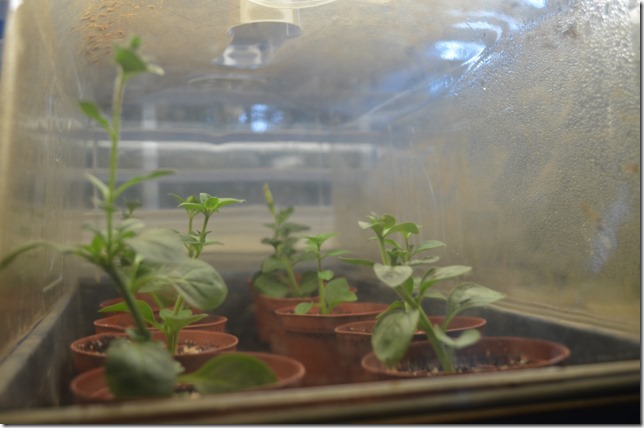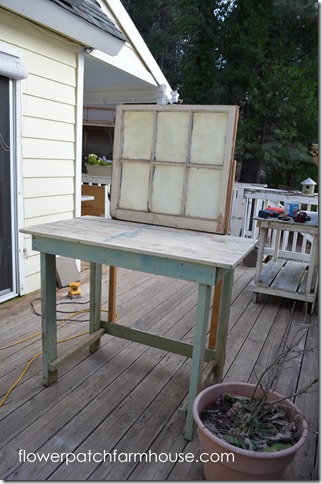I love plants.
I love free or nearly free plants even better.
I find it enjoyable to learn how to propagate (unpatented) plants to expand my garden so I am constantly reading garden magazine, websites and blogs. I test out the techniques in my own garden.
Growing from seed is a wonderful way to start annuals and some perennials but some perennials can take years and years to bloom from seed.
This post is on how to Air Layer and Ground Layering to get new plants from plants like wisteria and Japanese maples (these are just two examples, this method can be used for enumerable plants)
Definition of layering: Layering is a propagation method that encourages new roots to form on branches still attached to the parent plant. The parent supplies the layer ― the new plant ― with water and nutrients during the rooting process.
First I will show Air Layering. Air layering is most successful when the plant is actively growing, like now in Spring and Summer.
Step 1: Gather your Materials
A sharp knife
Something to tie with, I use old pantyhose cut in strips.
A planting medium that retains moisture well, like sphagnum moss, coconut coir, or I use potting soil mixed with perlite.
A form of plastic to wrap with. I used a produce bag cut open and in half.
Rooting medium (not shown)
The Parent Plant below, a lovely wisteria with fresh new growth.
Step 2: Wound the plant
With a sharp knife, make two parallel cuts about 1 1/2 inches apart around the stem and through the bark and cambium layer. Connect the two parallel cuts with one long cut and remove the ring of bark leaving the inner woody tissue exposed.
Some say when you cut thru the bark and scrape it back you expose enough of the layer below the cambium to be successful in rooting.
Step 3: Tie on bag
Below the wound, tie on the piece of plastic. You will be creating a pocket with it.
Pretty, it is not but it gets the job done.
Step 4: Fill pocket.
With one hand kind of wrap the plastic around the wound and hold while filling with the soil (moss, coir) in the pocket create, make sure it surrounds the wound.
Step 5: Moisten soil
Pour water into the pocket of soil to moisten thoroughly
(you can pre-moisten the planting medium (soaking the moss for several hours is recommended if you use that or the coir) and maybe next time I will be sure the pre-moisten my mix too, I think it may work better.)
Step 6: Close up plastic
Once you have the soil mix well moistened close up the pocket made of plastic and tie above the wound. To make sure there was good contact with the moist soil and the would I tied another strip around the middle of the pocket. I made sure to tie the branch to the trellis, the pocket of soil adds weight.
Step 7: Shield
Finally, wrap with foil to block direct sun from over heating the pocket. It may take months for roots to form but keep checking on the moisture level of the soil mix for the duration, it is best not to let it dry out. Check after a few months to see if the wound callused over, if it has it will not produce roots. If it forms a callus it means the cambium layer was not peeled back enough to expose the inner wood.
Here is a link to an excellent YouTube video of air layering.
Soon I will do a post on Ground Layering.
Happy Growing!

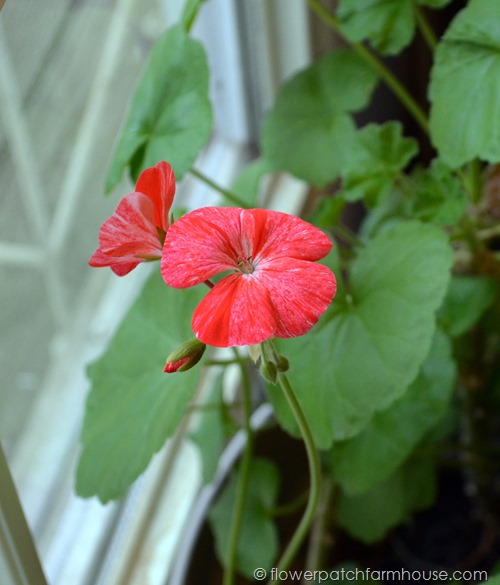
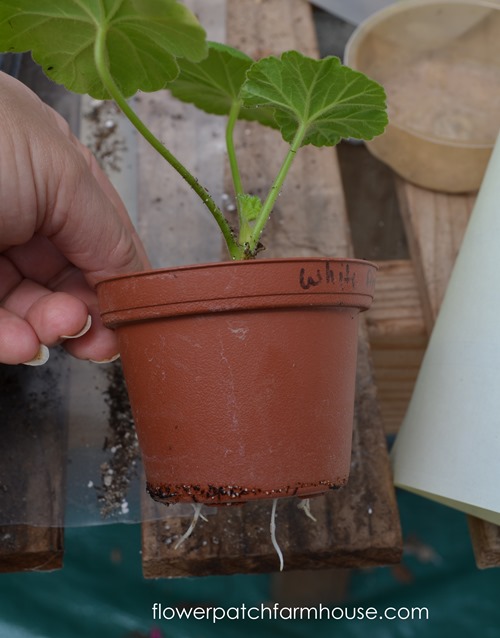
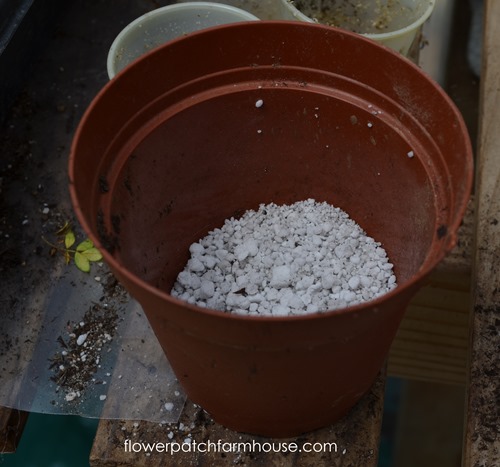
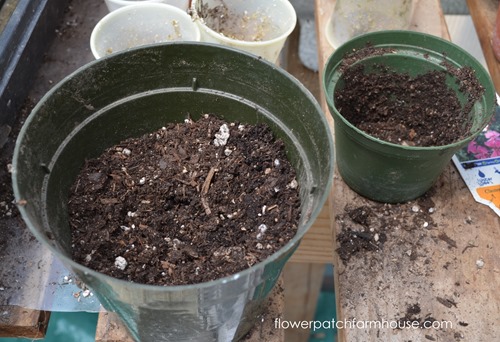
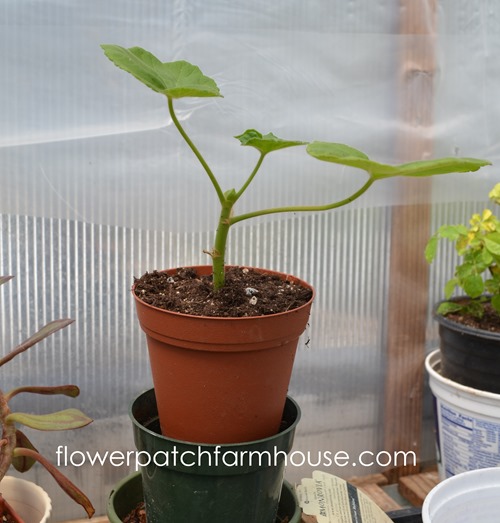
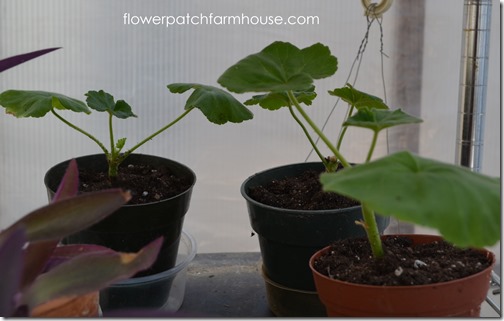
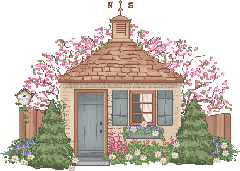

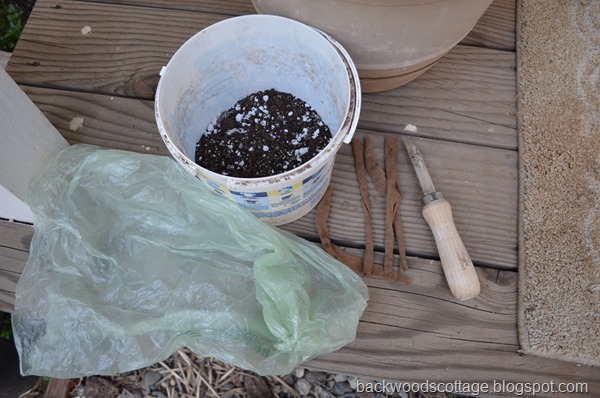
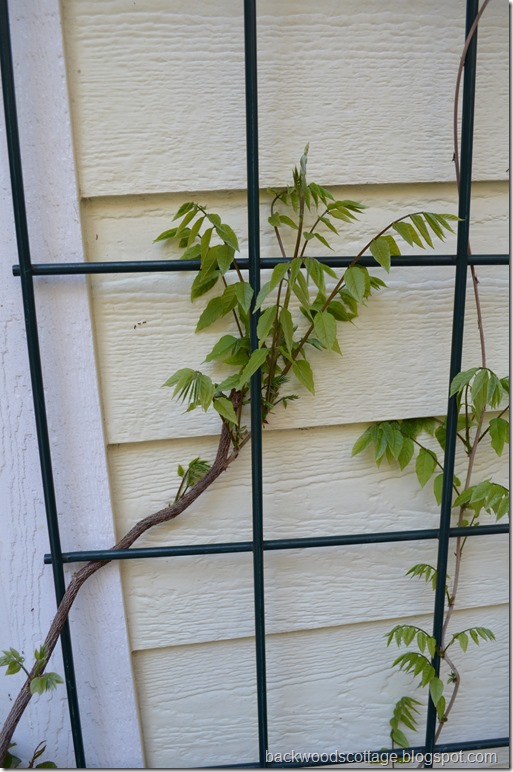
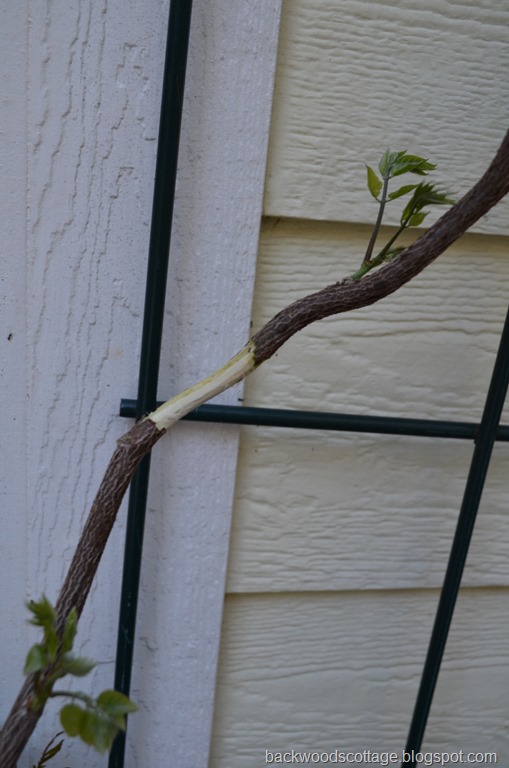
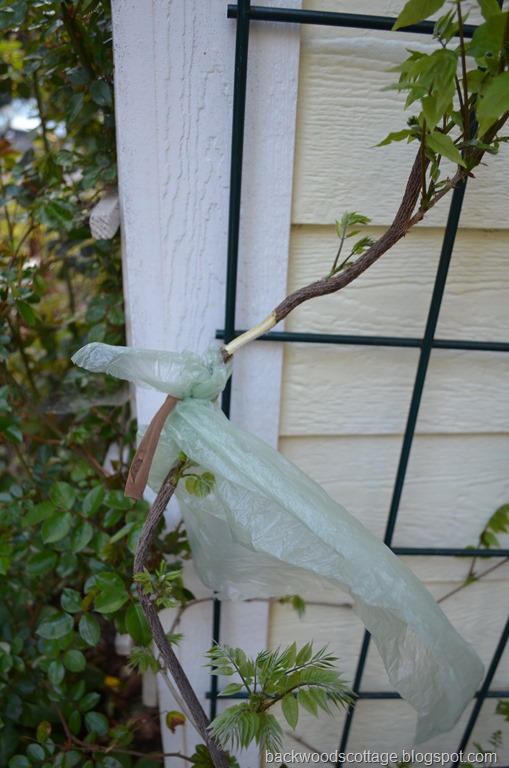

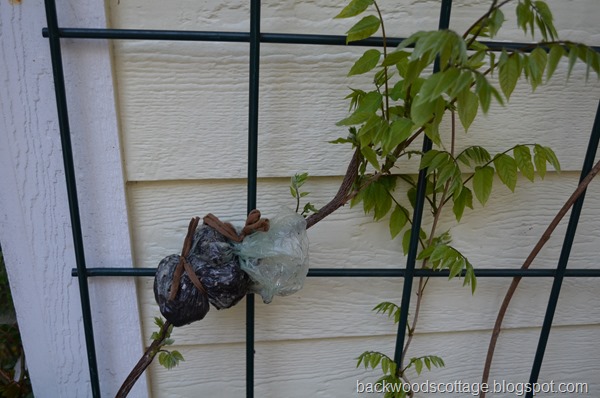
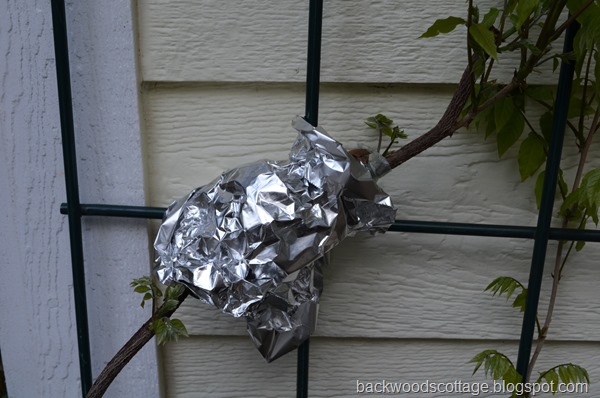




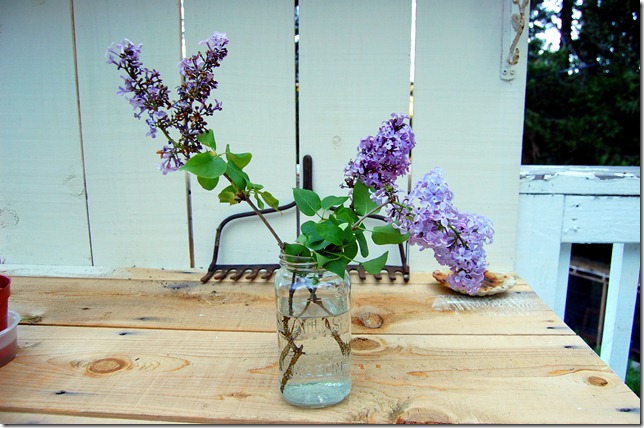
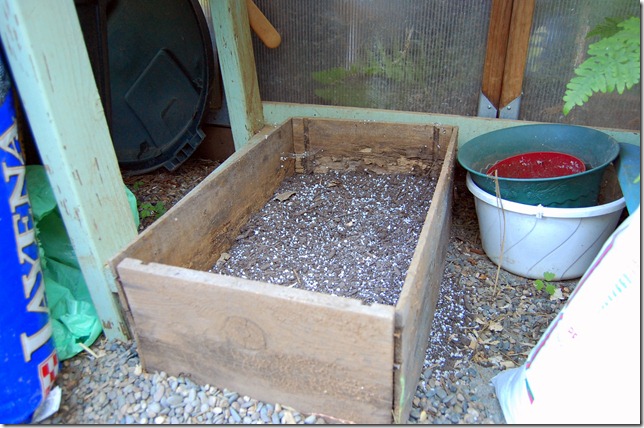
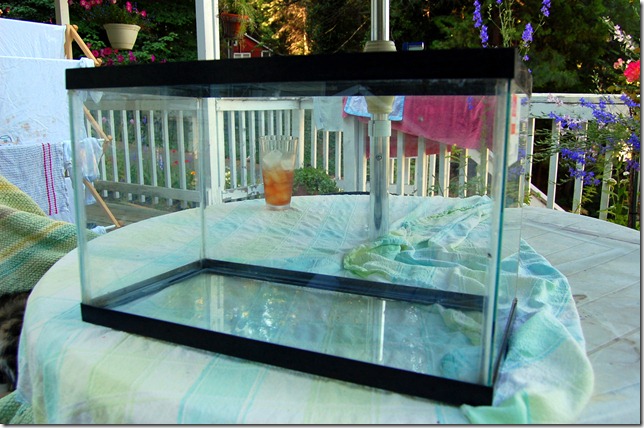
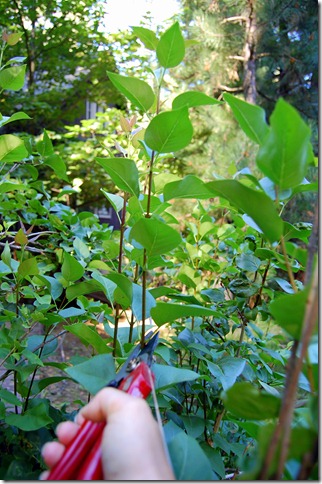


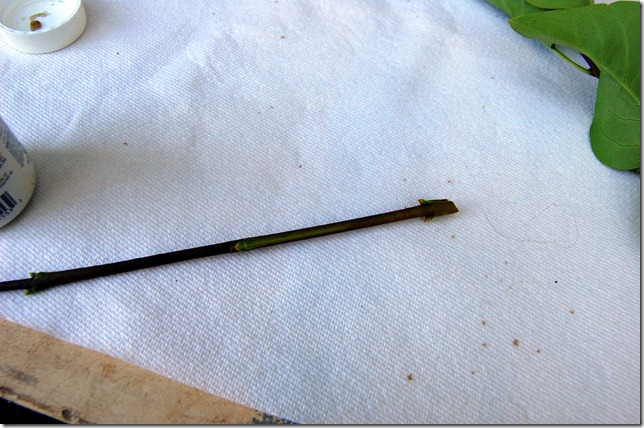



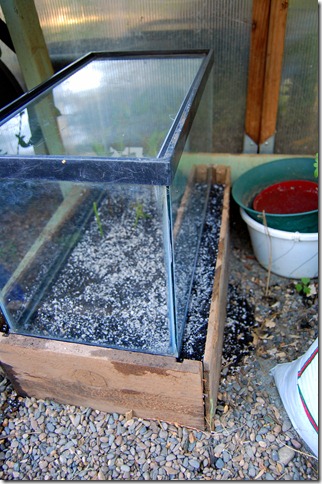
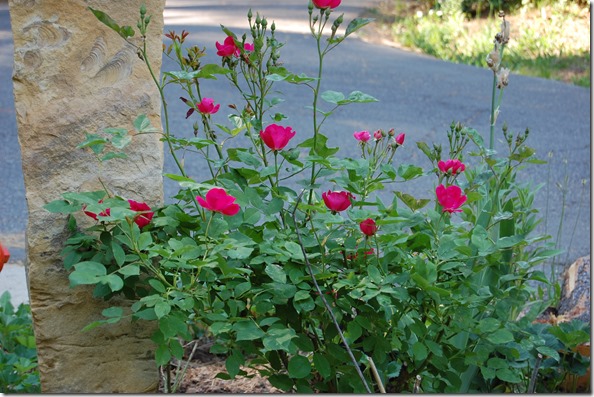
![[DSC_0003-001%255B5%255D.jpg]](http://lh5.ggpht.com/-0OhAKMv15I4/T7MOFFS1KhI/AAAAAAAAFe0/JV1xSnWBxUQ/s1600/DSC_0003-001%25255B5%25255D.jpg)










